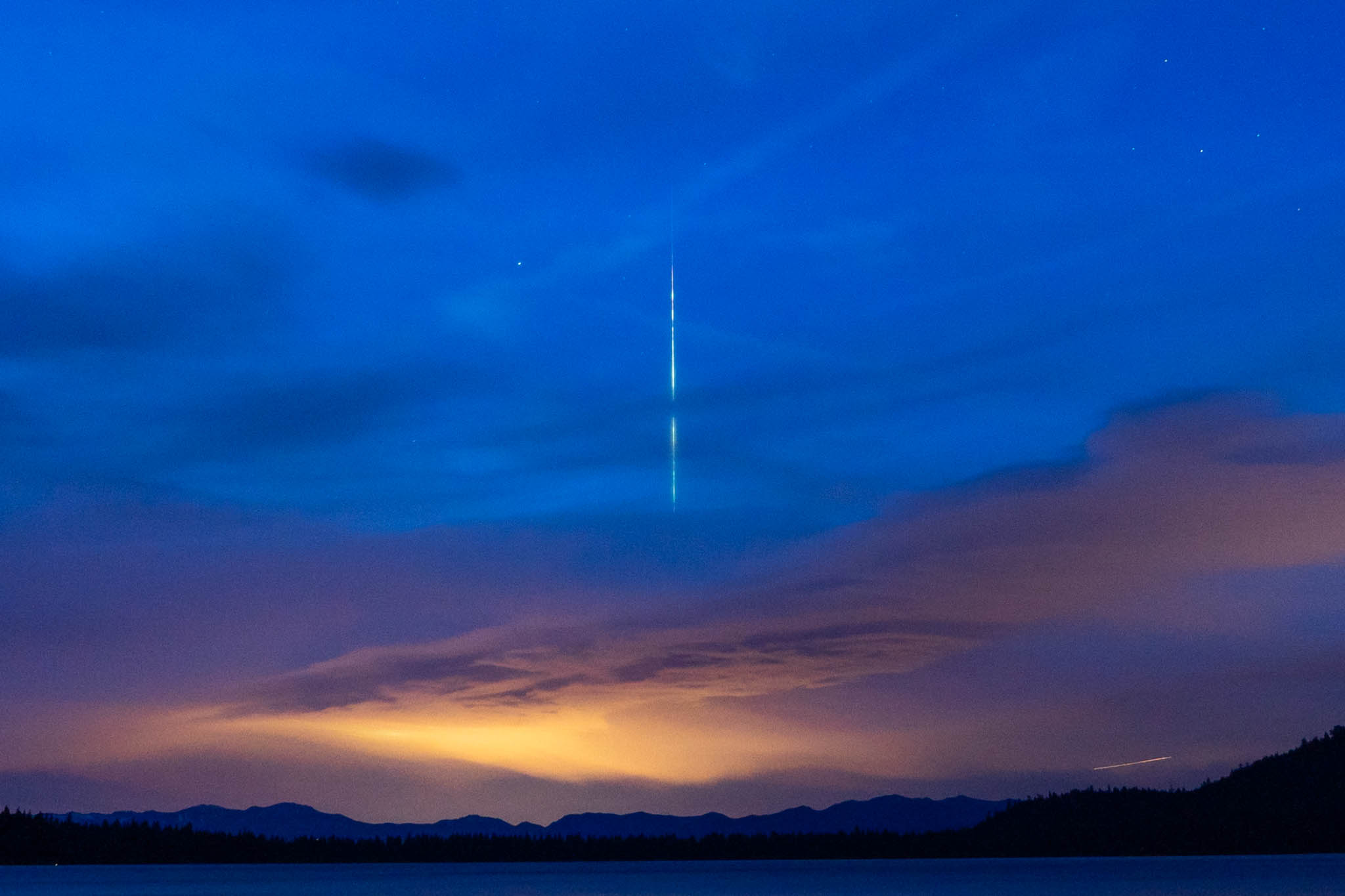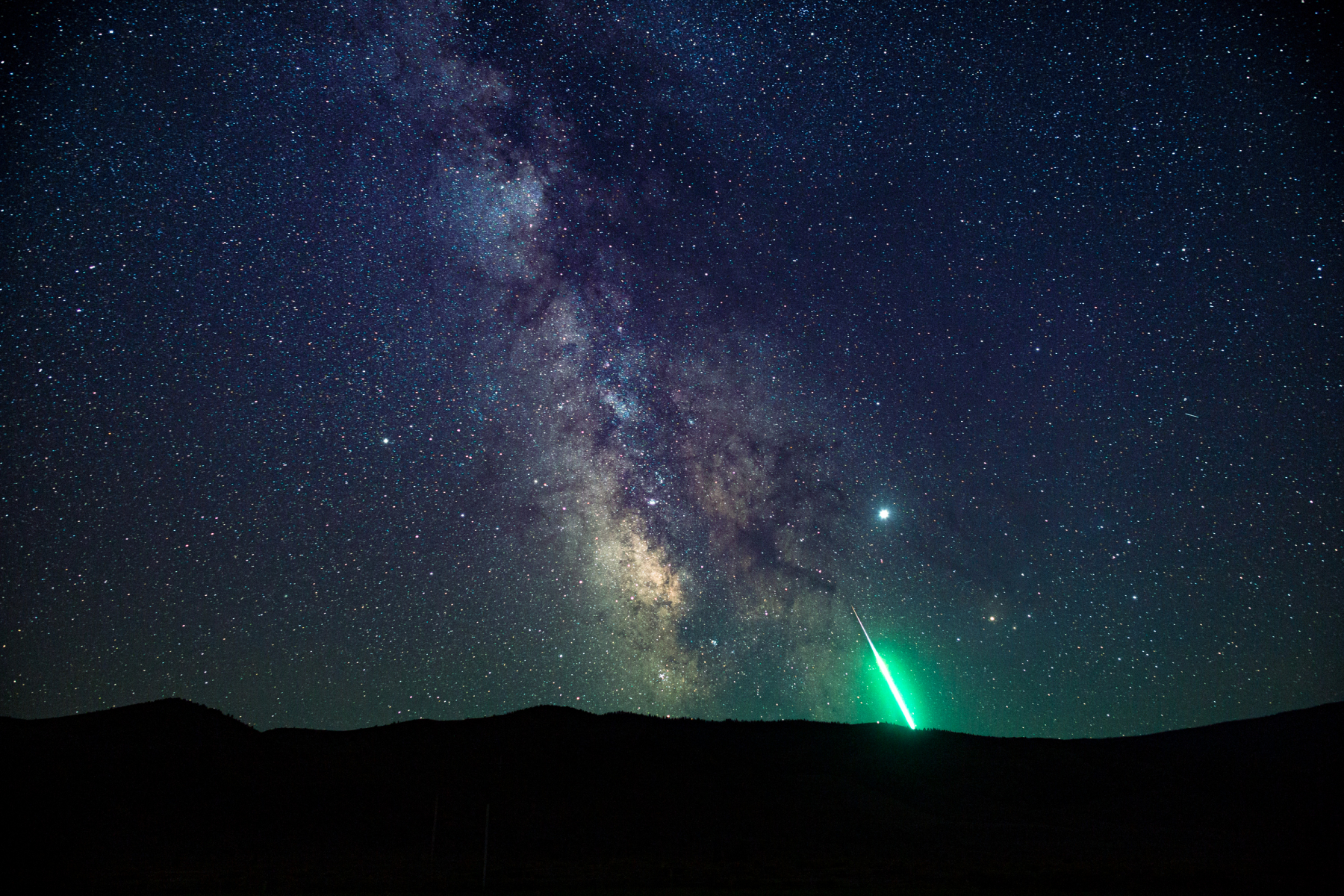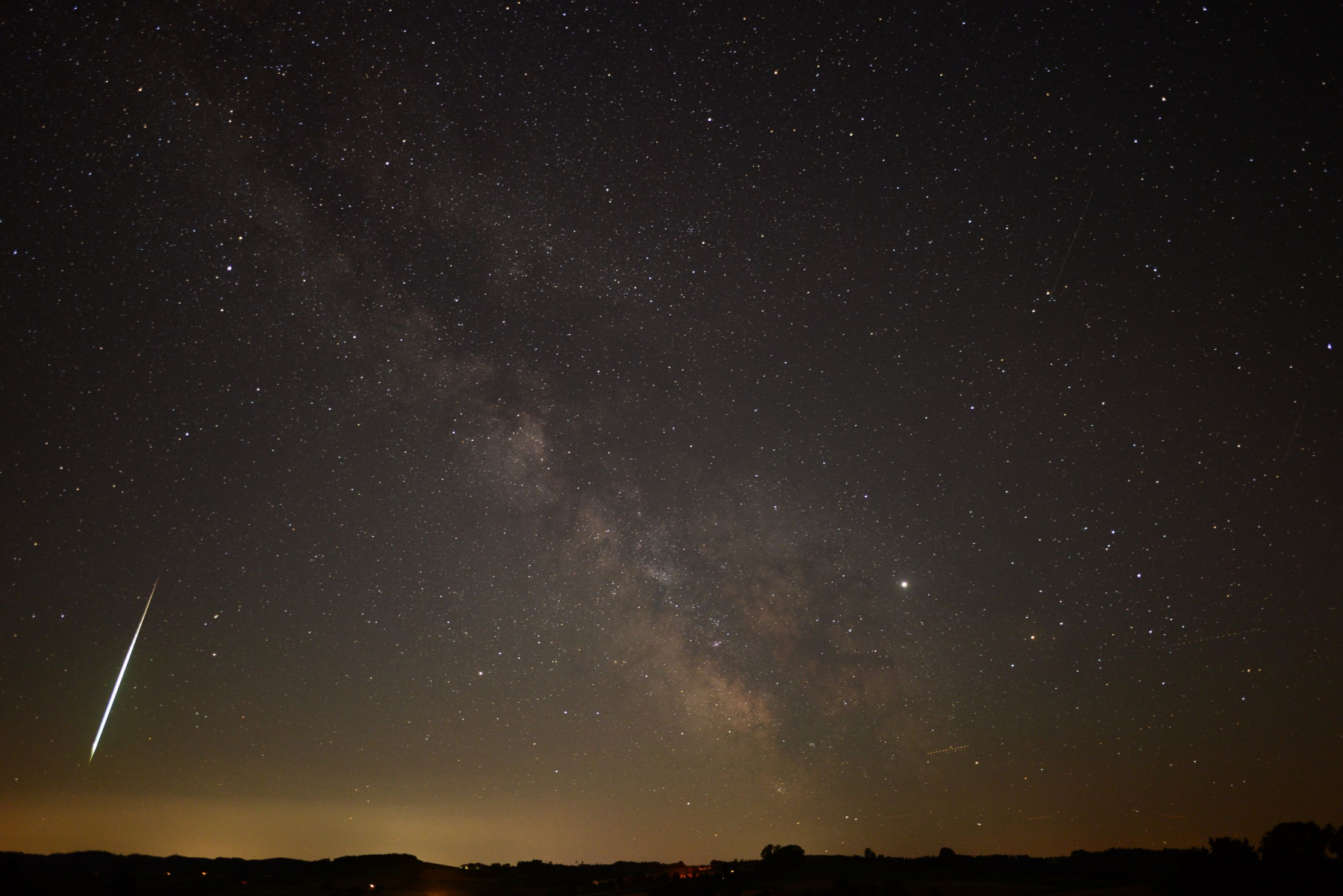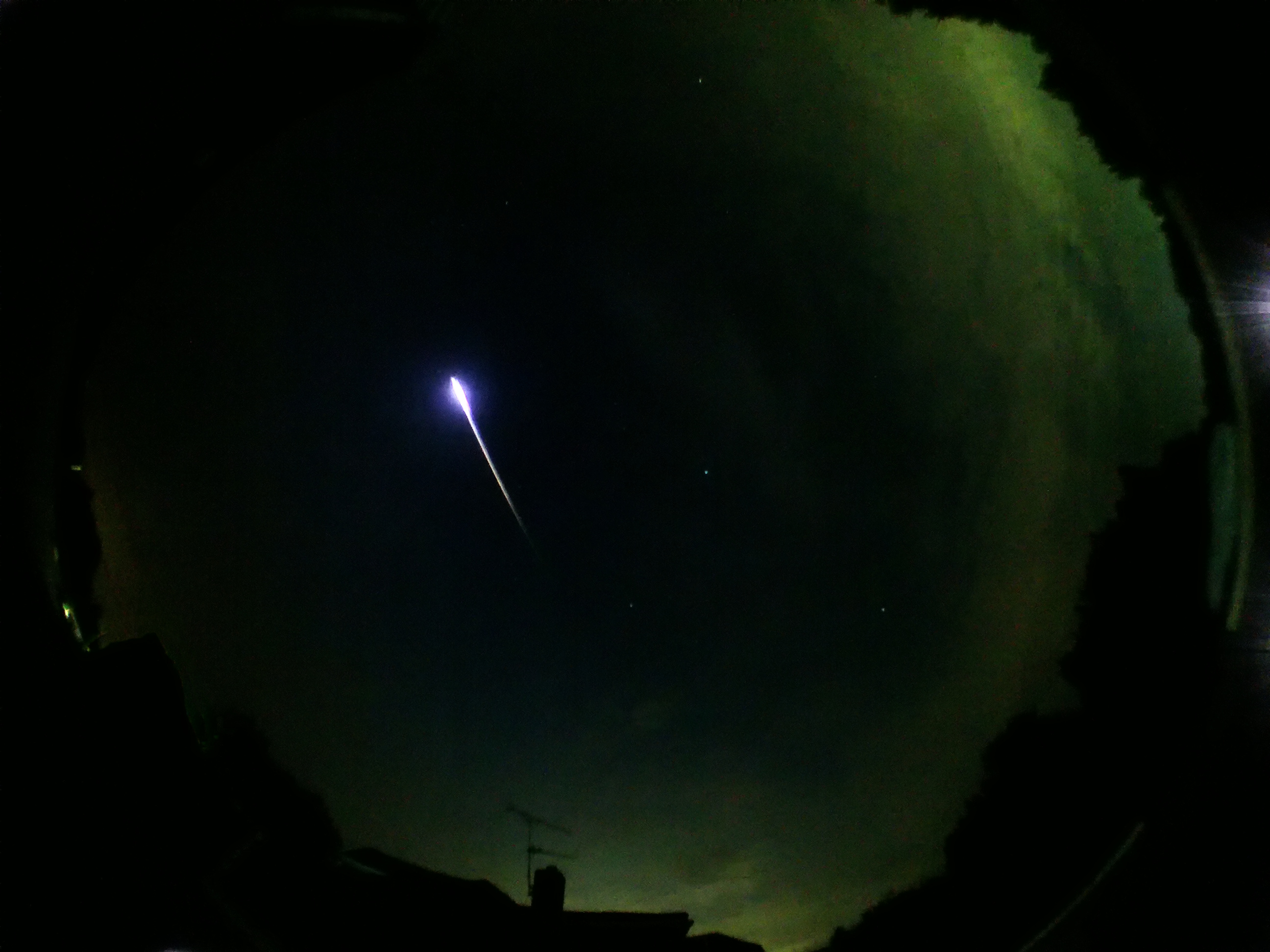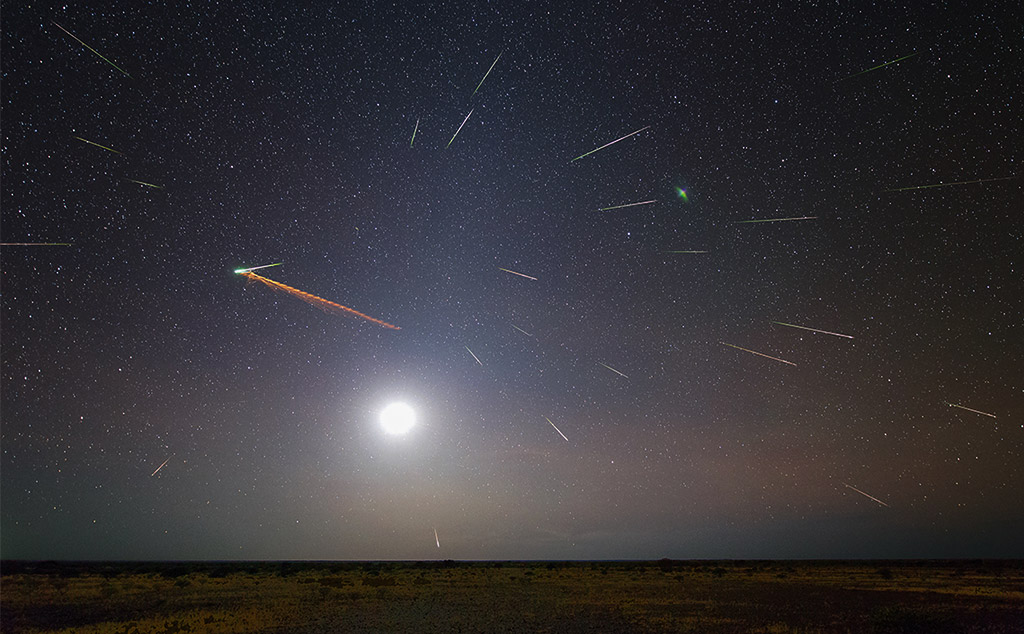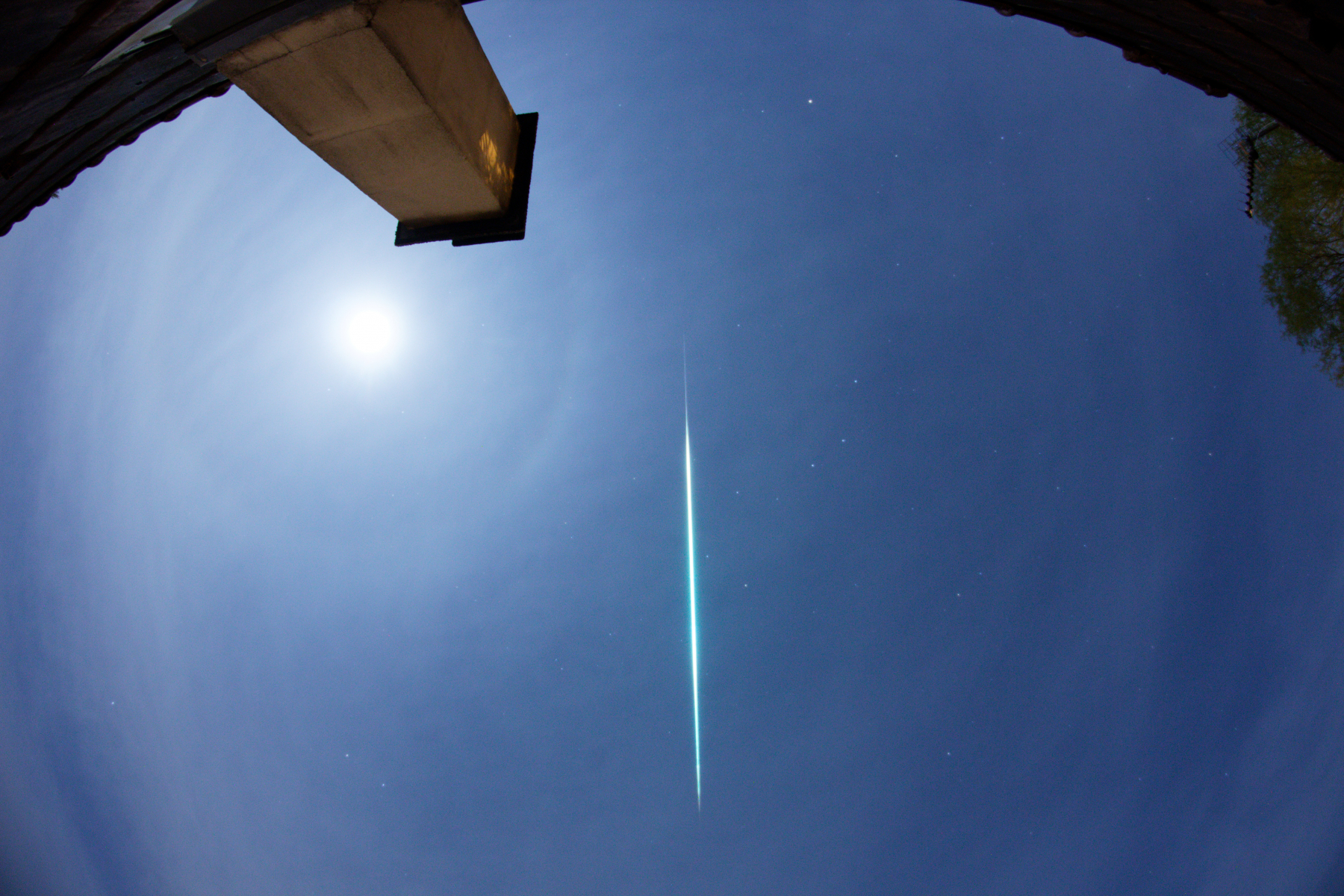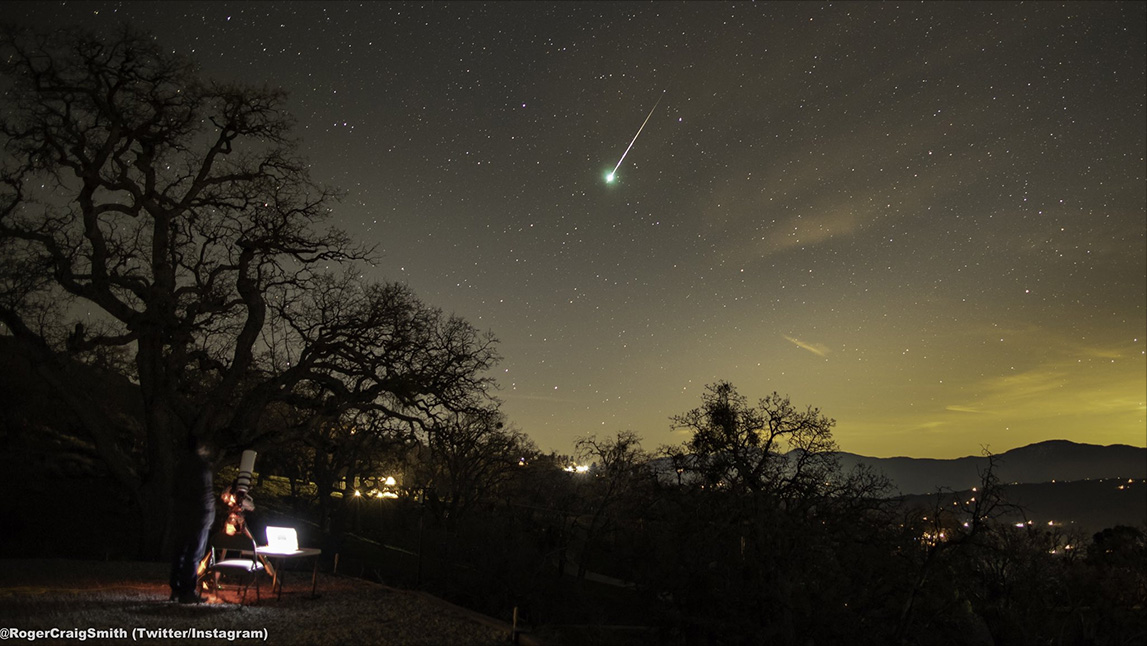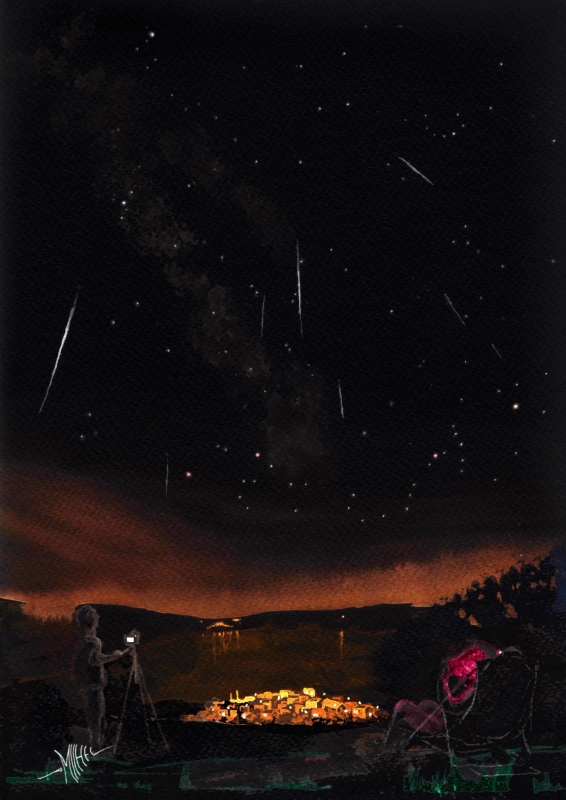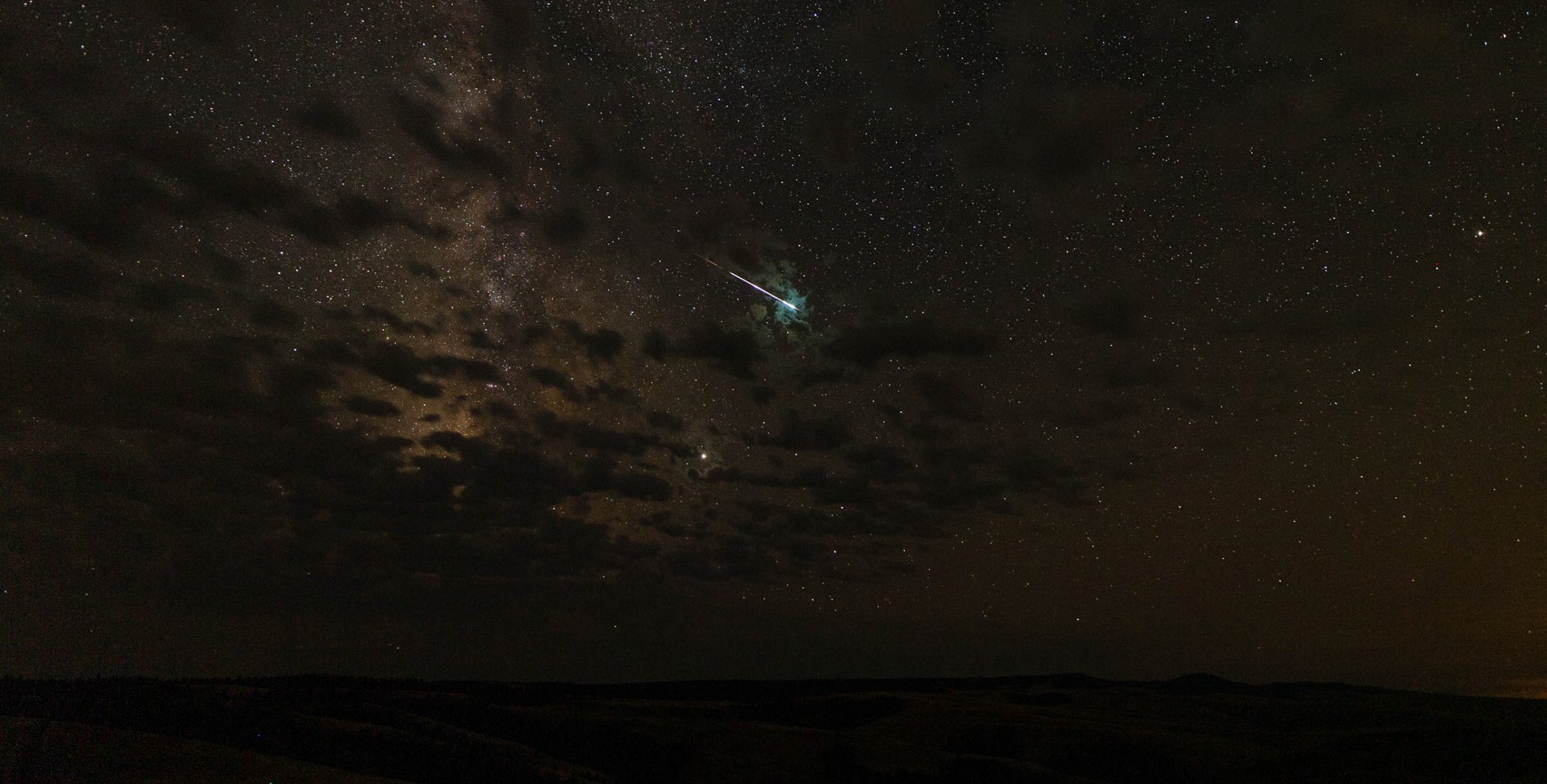
Meteor Activity Outlook for August 3-9, 2019
During this period the moon reaches its first quarter phase on Wednesday August 7th. On that date the moon is located 90 degrees east of the sun and will set near midnight local summer time. This weekend the waxing crescent moon will set during the late evening hours and will not interfere with viewing meteor activity.
 American Meteor Society
American Meteor Society


